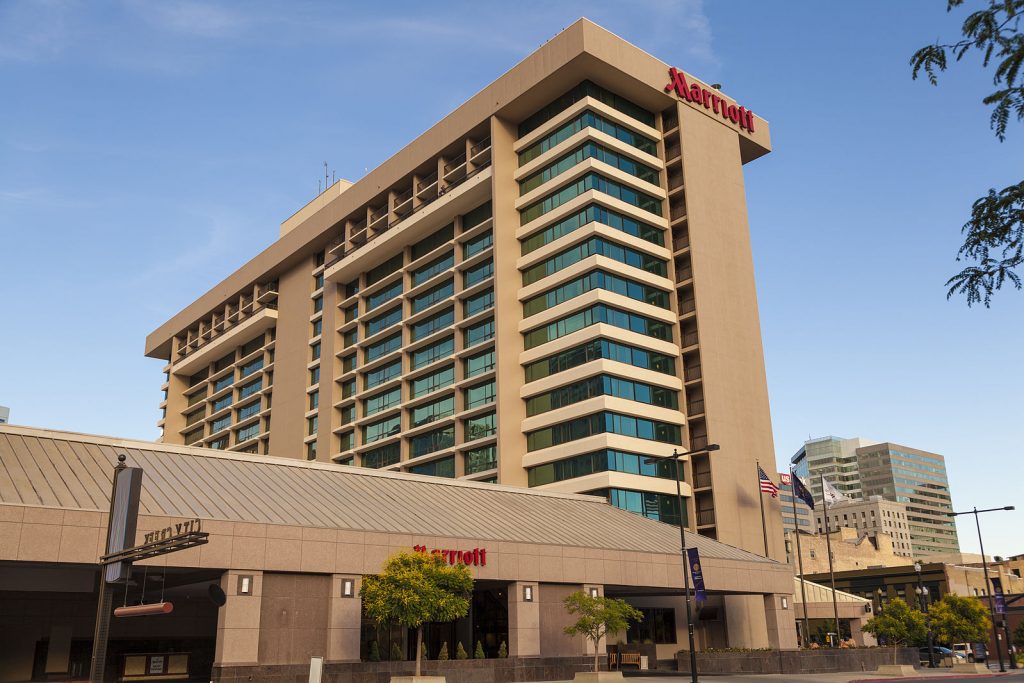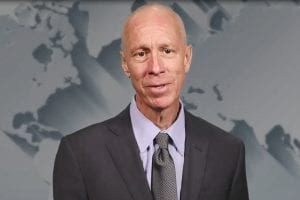Skift Take
The U.S. hotel industry may have strong momentum behind its initial recovery, but strong government leadership will be key in keeping the recovery consistent.
A heavy-handed government response to coronavirus, while tough in the short term, may ultimately fuel a faster hotel industry recovery, according to the world’s largest hotel company’s chief executive.
Marriott grappled with the pandemic’s impact on its portfolio since January in China, and since March in the U.S. China’s central government eventually ordered stringent lockdowns, and the country is reporting low transmission rates and strong momentum in its hotel industry recovery.
But the virus and how to balance public health and the economy have become politicized in America, and its array of responses — and fast reopenings in some states — have led to spikes in transmissions and even a likely ban on American travelers to the European Union later this year.
While not calling out the U.S. specifically, Marriott CEO Arne Sorenson noted there is a potential lesson learned from a strong central government response like China’s in helping to fuel the hotel industry’s recovery.
“You see in China’s response something of the advantage of a powerful central government that can by itself set the rules and by and large get 100 percent compliance,” Sorenson said Thursday during a webinar hosted by the American Hotel & Lodging Association. “They move quickly to implement the kind of restrictions that have, as far as we can tell, a profound impact on the spread of this virus.”
Mainland China hotel occupancy is hovering around 50 percent, up from a 7 percent low in early February, according to STR. While there is a flareup in Beijing of new cases, the government is once again responding in force by shutting down schools and curtailing non-essential travel to the capital city.
Sorenson has noted repeatedly in the past that both China and the U.S. were likely to lead the world in hotel industry recoveries due to their strong domestic traveler base. But he also particularly noted China’s central government response Thursday in relation to the country’s recovery timeline.
“In a couple of fairly short months, they’re into recovery mode,” Sorenson said. “Two lessons: One is recovery will come when people feel like it’s safe, and the second is just how important it is that we earn collectively — government, business, data — that we earn the confidence of our consumers so they’ll get back out there.”
A Mistaken Recovery
The U.S. has taken a less centralized approach than other countries in battling coronavirus. While there have been federal guidance and funding for testing, states have largely controlled their own public health policy and reopening timelines.
Average U.S. hotel occupancy ended the week of June 20 at nearly 44 percent, the tenth week of consecutive increases, according to STR. Panama City, Florida — at a nearly 89 percent occupancy rate —led the U.S. in hotel performance. But Florida is among several states with spiking coronavirus case counts in the U.S.
The more than 45,000 new cases reported Wednesday in the U.S. was the highest number seen since late April. Flareups will likely cause a recovery pivot away from markets showing initial occupancy strength but also high case counts.
“If I’m in Florida and see a resurgence in Miami, it’s going to cause some folks thinking of going to Miami to not go to Miami,” Sorenson said. “We have to make sure, through conduct and data, that we are earning the steady state on that recovery.”
Maryland Gov. Larry Hogan, who also chairs the National Governors Association, noted state leaders are in a tough position navigating how to balance saving lives and saving their economies.
Maryland’s 14-day trend pattern of new coronavirus cases is down 45 percent, according to the COVID Tracking Project and Centers for Disease Control and Prevention. But the Maryland governor cautioned against complacency, which could lead to a reversal on reopening.
“Making decisions on how to save people’s lives while not ruining the economy [is] a delicate balancing act. We have these twin crises happening at the same time,” Hogan said during the AHLA webinar. “You’ve got to be careful and cautious, and we still need to social distance and wear masks where appropriate and go about our lives in a different way.”
No Magic Solution
Hoteliers shouldn’t expect a quick turnaround, despite leisure destinations posting strong occupancy numbers this summer.
“It would be far, far too optimistic to think recovery from something like this would be like flipping a switch,” Sorenson said. “What does full recovery look like? Nobody knows the answer to that, but it’s likely to be a number of years.”
Marriott furloughed 75 percent of its corporate staff this spring, and it will take time — and most likely a coronavirus vaccine — before all travel sectors have recovered to 2019 levels. But there is reason to be optimistic, Sorenson said.
Drive-to, leisure travel is returning in states with relaxed travel restrictions, proving travel demand is still strong. It may take time before a coronavirus epicenter like New York City returns to prior cycle highs, but Sorenson expects travelers will come back if government and business leaders enact policies to give guests the confidence they need to book a stay.
“I think the recovery has begun,” he said. “Confidence can only be had when there is the sense that Covid-19 is behind us.”
Have a confidential tip for Skift? Get in touch
Tags: Arne Sorenson, coronavirus, coronavirus recovery, marriott
Photo credit: Marriott CEO Arne Sorenson Thursday cautioned against lackluster leadership in the fight against coronavirus and its impact on hotel performance. Ricardo630 / Wikimedia

